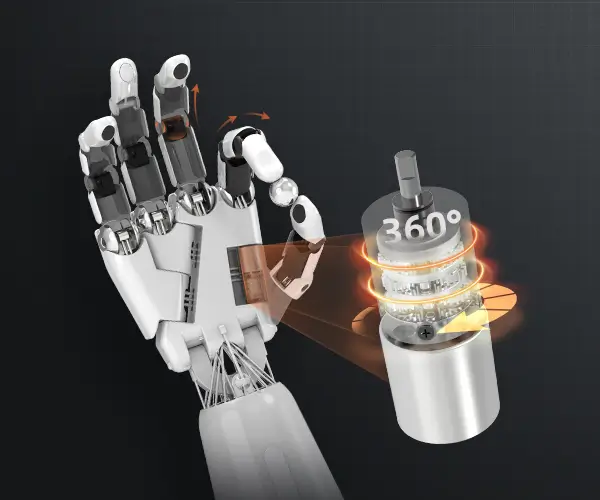In the realm of industrial automation and robotics, power, precision, and reliability are king. Among the countless components that make automated systems tick, the big servo motor stands out as a powerhouse that commands attention—literally and figuratively. Its ability to deliver high torque, rapid acceleration, and precise control makes it indispensable in sectors such as manufacturing, aerospace, automotive, and heavy machinery. But with such impressive capabilities comes a question many engineers, procurement specialists, and hobbyists ponder: What is the big servo motor price?

Understanding the price of a big servo motor requires more than a cursory glance at retail listings. It’s a complex tapestry woven from technical specifications, brand reputation, application requirements, and market dynamics. Let’s unpack what influences these costs and how buyers can navigate the landscape effectively.
The Anatomy of a Big Servo Motor
Before diving into prices, it’s helpful to get a clear picture of what makes a big servo motor "big." Unlike standard servos used in RC hobbies or small automation setups, industrial big servo motors are designed for demanding tasks. They typically feature:
High torque output, often ranging from hundreds to thousands of Newton-meters (Nm). Larger physical dimensions, accommodating robust internal components. Advanced control systems with sophisticated feedback mechanisms, such as encoders or resolvers. Enhanced durability to withstand extreme operating conditions.
These features are integral to selecting the right motor for specific applications, but they also directly impact cost.
Factors Influencing Big Servo Motor Prices
Power and Torque Ratings
At the core, the “bigger” the motor, the more expensive it tends to be. High-torque servo motors—say, those rated for 500 Nm or more—require heavier-duty components, larger heat sinks, and more advanced materials. The complexity of manufacturing and the raw materials used contribute substantially to the cost.
Brand and Manufacturer Reputation
Brands like Siemens, Fanuc, Yaskawa, and Kollmorgen are recognized for their quality and longevity. Their products often command premium prices, reflecting the assurance of performance and reliable after-sales support. Less well-known or regional brands might offer lower prices but could lack the history of durability or technical support.
Technical Features and Customization
A basic servo motor may suffice for simple repositioning tasks, but a big servo motor designed for precise, high-speed operations often comes with options like absolute encoders, variable frequency drives, and programmable control modules. Customization—such as specific shaft configurations or specialized mounting—also adds to the overall price.
Market Factors
Market demand and supply dynamics impact prices. High demand for certain power ranges or technological innovations can cause fluctuations. During supply chain disruptions or raw material shortages, prices tend to escalate.
Accessories and Additional Equipment
Often, the raw price of the motor is only part of the total expense. Extras like cooling systems, mounting brackets, braking modules, or integral accessories can significantly increase the overall cost.
Approximate Price Ranges
Realistically, the prices of big servo motors can vary dramatically:
Small to medium-sized high-torque servo motors (up to 100 Nm): $1,000–$5,000. Larger, industrial-grade servo motors (200–500 Nm): $5,000–$20,000. Heavy-duty, specialized high-torque motors (over 500 Nm): $20,000 and beyond.
However, these ranges are broad because they depend upon many variables, from brand reputation to technical complexity.
Balancing Budget and Performance
Investing in a big servo motor isn’t just about securing the lowest price. It’s about matching your application demands with the right specifications, durability, and support. Cheaper motors may save money upfront but could lead to costly downtime or frequent replacements. Conversely, a premium motor might come with a higher initial investment but end up reducing total ownership costs through reliability and efficiency.
The Role of OEMs and Distributors
Many buyers source these motors through Original Equipment Manufacturers (OEMs) or authorized distributors, who often bundle the motor with installation, tuning, and support services. Negotiating pricing with these partners can lead to better deals, especially for bulk purchases or long-term projects.
Stay tuned for part2, where we’ll explore the latest trends shaping the big servo motor market, tips for selecting the right motor for your needs, and some insider advice on negotiating prices.
Leveraging innovations in modular drive technology, Kpower integrates high-performance motors, precision reducers, and multi-protocol control systems to provide efficient and customized smart drive system solutions.




































